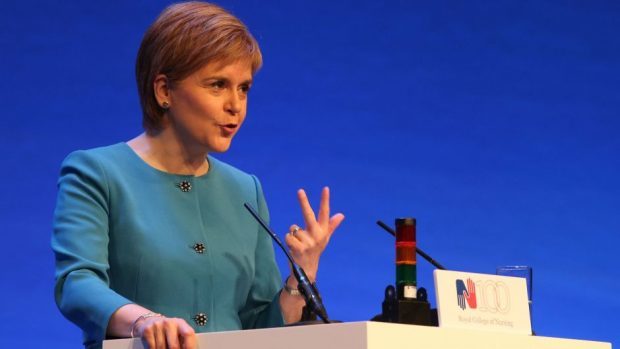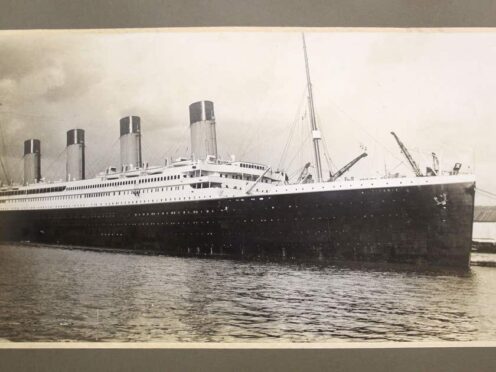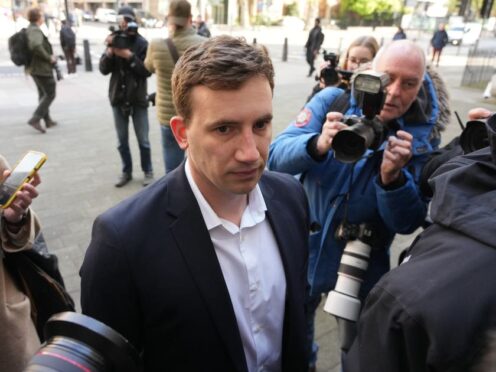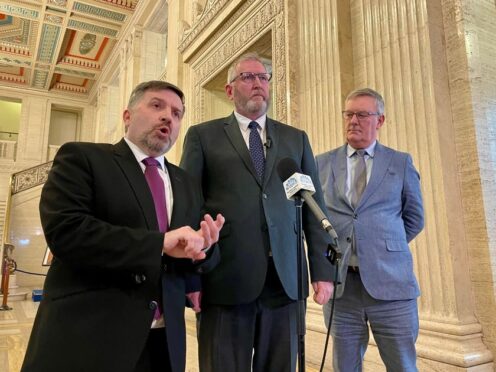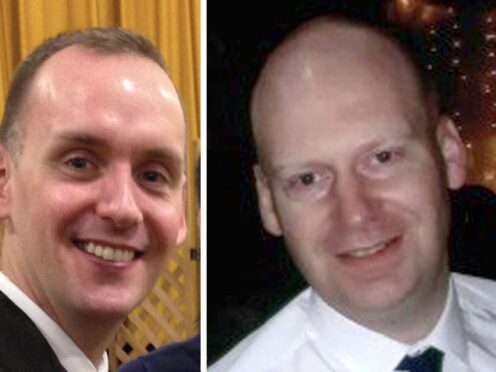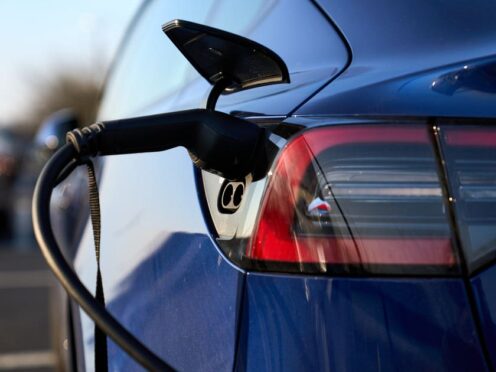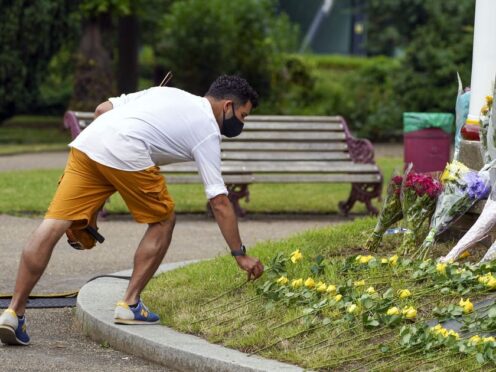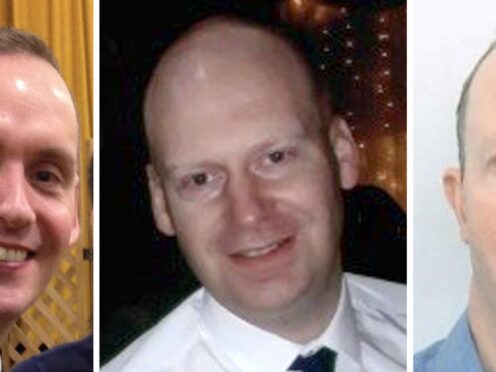Scotland’s five first ministers have come together to urge voters to back Remain in tomorrow’s EU referendum.
Nicola Sturgeon and her predecessors Alex Salmond, Jack McConnell, Henry McLeish and Jim Wallace released a joint statement as the campaign entered its final days.
The cross-party quintet said they were “proud” to join forces in an “unprecedented display of unity in the history of the Scottish Parliament”.
They added: “The stakes could hardly be higher. Staying in the EU and its single market is vital for jobs and investment in Scotland, and also enshrines key protections for workers and consumers.
“We must vote to keep our EU rights, and by maximising the Remain vote in Scotland we could make the difference in keeping the UK in the EU.”
The unusual intervention came as Ms Sturgeon said the SNP would be prepared to discuss the possibility of using the Euro in an independent Scotland if the UK votes to leave the EU.
She made the remark after SNP home affairs spokeswoman Joanna Cherry said on Monday that Scotland “probably wouldn’t want to be tied to the pound if it nosedives after a Brexit”.
The SNP leader said it was not currently her party’s policy to seek entry to the Euro, but added: “These are decisions and discussions that, yes, we will have if we are in the scenario of a Brexit.”
Yesterday, David Cameron took to the steps of Downing Street and warned a vote to leave the EU would hit future generations hardest.
Amid accusations of panic from Leave campaigners, the prime minister appealed directly to those of his “generation and older” outside the black door of Number 10.
He urged them to think about the “hopes and dreams” of their children and grandchildren who would have to “live with the consequences far longer than the rest of us”.
Meanwhile, the row over whether Whitehall officials told the PM four years ago it would be “impossible” for the UK Government to reduce net migration below 100,000 a year while Britain remained in the EU rumbled on.
The claim was made by Mr Cameron’s pro-Leave former policy adviser Steve Hilton, who said they were told “directly and explicitly” that free movement rules meant the target – included in the Conservative manifesto last year – could not be reached.
Mr Cameron said Mr Hilton was “simply not right” and Number 10 questioned the timing of the remarks so close to polling day.
